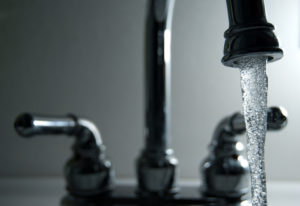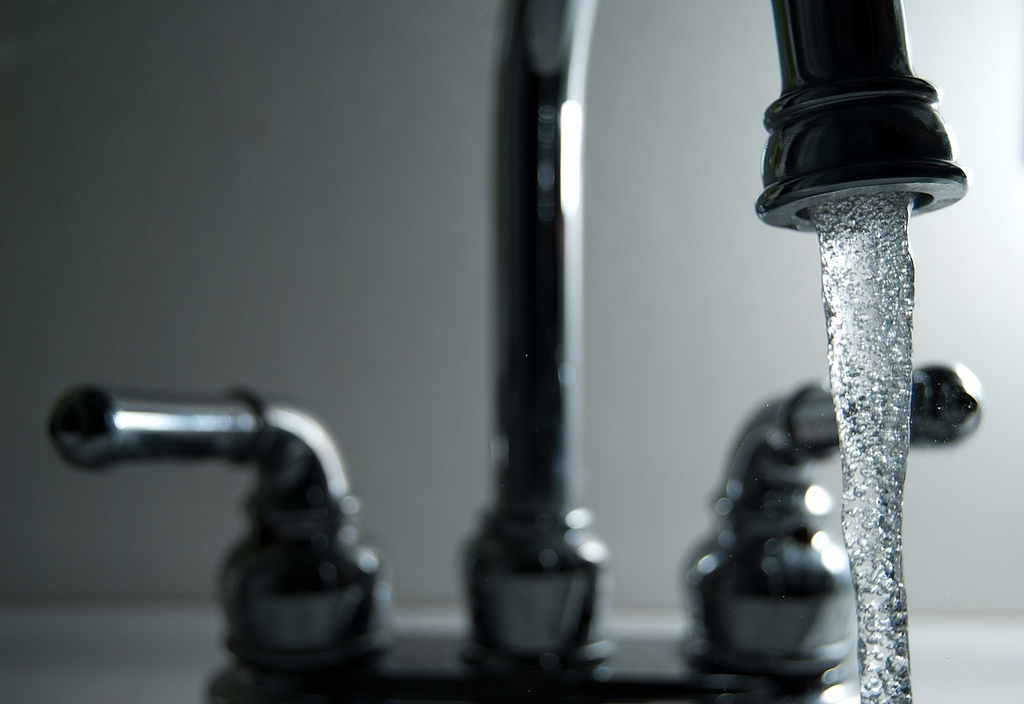
Only around half of Americans trust the water coming out of their faucets, according to a poll by the Associated Press. In light of catastrophes like those in Flint, Michigan and Newark, New Jersey, where dangerously toxic levels of lead were detected in the water supply, many fear that their tap water is contaminated and dangerous. Yet, contrary to popular belief, more than ninety percent of the tap water in the US is safe to drink. Access to clean and safe water is a fundamental human right; the country must make a concerted effort to repair both broken public water infrastructure and the public perception of tap water.
Distrust of tap water is particularly prevalent in poor and minority communities, which are the most likely to experience problems with poorly maintained and failing water infrastructure. Common issues include old and damaged piping that introduce lead and other dangerous contaminants into drinking water. Due to these precarious conditions, many in underprivileged and minority neighborhoods turn to bottled water—which can cost up to two thousands times more than tap water. This effect is widespread: across the country Latino and African American households spend up to twice as much as white households on bottled water as a percentage of their income. However, financial cost is not the only downside of drinking bottled water instead of tap water.
The environmental costs of bottled water are tremendous. Seventeen million barrels of oil are used to produce the fifty billion bottles of water that American’s purchase each year, more than three quarters of which end up in landfills or as litter on land and in the oceans. Bottling water releases more than 2.5 million tons of carbon dioxide manufacturing bottles, and perhaps even more from transporting bottles around the world.
Perhaps most pressingly, bottled water has hidden associated medical costs. While public tap water is treated with fluoride to prevent cavities, bottled water often is not, or contains too little fluoride to be effective; as a result, children that drink more bottled water are more likely to develop cavities than their tap-drinking counterparts. Moreover, tap water is held to a higher standard of purity by the EPA than bottled water for dangers such as arsenic and disease causing bacteria. Bottled water stored in cold environments for long periods of time can also be contaminated with phthalates, a class of hormone disrupting chemicals that may damage the reproductive system.
Finally, although bottled water is generally perceived to be of higher quality, much is actually just bottled tap water. In fact, this perception can largely be traced back to advertising by Perrier in the 1970s. At the time, Perrier, a European company, was trying to find a way into the American market; to convince Americans to pay for something that they already had for nearly no cost, they sowed doubts about the quality of the tap water and cultivated the image of bottled water as a safer, cleaner, alternative. The effects of this marketing are still evident today.
With all of these costs, why do people still turn to bottled water? Many are scared by national news coverage of relatively rare incidents of contaminated drinking water. To combat this widespread mistrust of tap water, we ought to start by fixing the infrastructure that has actually failed. The disaster in Flint has helped to uncover contamination in other areas, including Denver and Pennsylvania. Before we can get people to trust tap water, tap water must be safe enough to trust. While the EPA regularly monitors municipal water facilities around the country, a concerted effort should be made to fix existing failures of public water infrastructure and ensure the safety of tap water across the country.
Fixing the physical infrastructure, however, will not be enough to restore full public confidence in tap water. There needs to be a simultaneous public relations push to educate people about the safety of tap water and its benefits over its bottled counterpart. A similar program that focuses on outreach to Latino immigrants—who are particularly prone to drinking bottled water rather than tap water—is already underway in Denver. However, experts caution that a general exhortation to drink more tap water would be unwise until public water infrastructures can be evaluated for safety.
These two actions—fixing public water infrastructure and educating the public on the safety and benefits of tap water—must go hand-in-hand. When people don’t drink tap water and turn to bottled, public officials lack sufficient political incentive to fix the infrastructure; when the infrastructure remains in poor shape, more people stop drinking the water. A cohesive solution to the tap water problem in the United States demands both of these measures. The federal government should begin by incorporating the revitalization of public water nationwide into its infrastructure plan and placing a priority on safe and clean drinking water for all, especially in rural areas, which account for nearly seventy percent of all contamination violations.
Perhaps as an added incentive to drink tap water, bottled water could be taxed at a higher rate to closer associate its impacts on the environment and public health. Reusable bottles could be distributed by water authorities, who could also simultaneously run educational advertisements and programs to promote the benefits of tap water. Under such a program, the public would save money on both the cost of buying water and medical bills associated with not drinking tap water.
Despite all of the problems with bottled water, for some it is a necessary part of life. Where the water infrastructure isn’t sufficiently developed, many people rely on bottled water for all of their safe drinking and cooking water. It can also be extremely useful in certain situations, such as during natural disasters, when the normal water infrastructure fails. But otherwise, for the vast majority of the American population, drinking tap water is simply the best choice. A concerted effort is needed to increase public trust in tap water and to fully justify that trust with safety, so that all Americans can enjoy the benefits of the tap.

bottled water has hidden associated medical costs. First and foremost, dental fluorosis, a defect of tooth enamel caused by too much fluoride intake during the first 8 years of life. Although fluorosis can be cosmetically treated, the damage to the enamel is permanent. Common causes of fluorosis include: fluoridated drinking water (particularly during infancy), ingestion of fluoride toothpaste, use of fluoride tablets, and consumption of processed foods made with fluoridated water.
The fluoride content of bottled water is not required to be labeled – and most bottled water is ordinary filtered tap water anyway